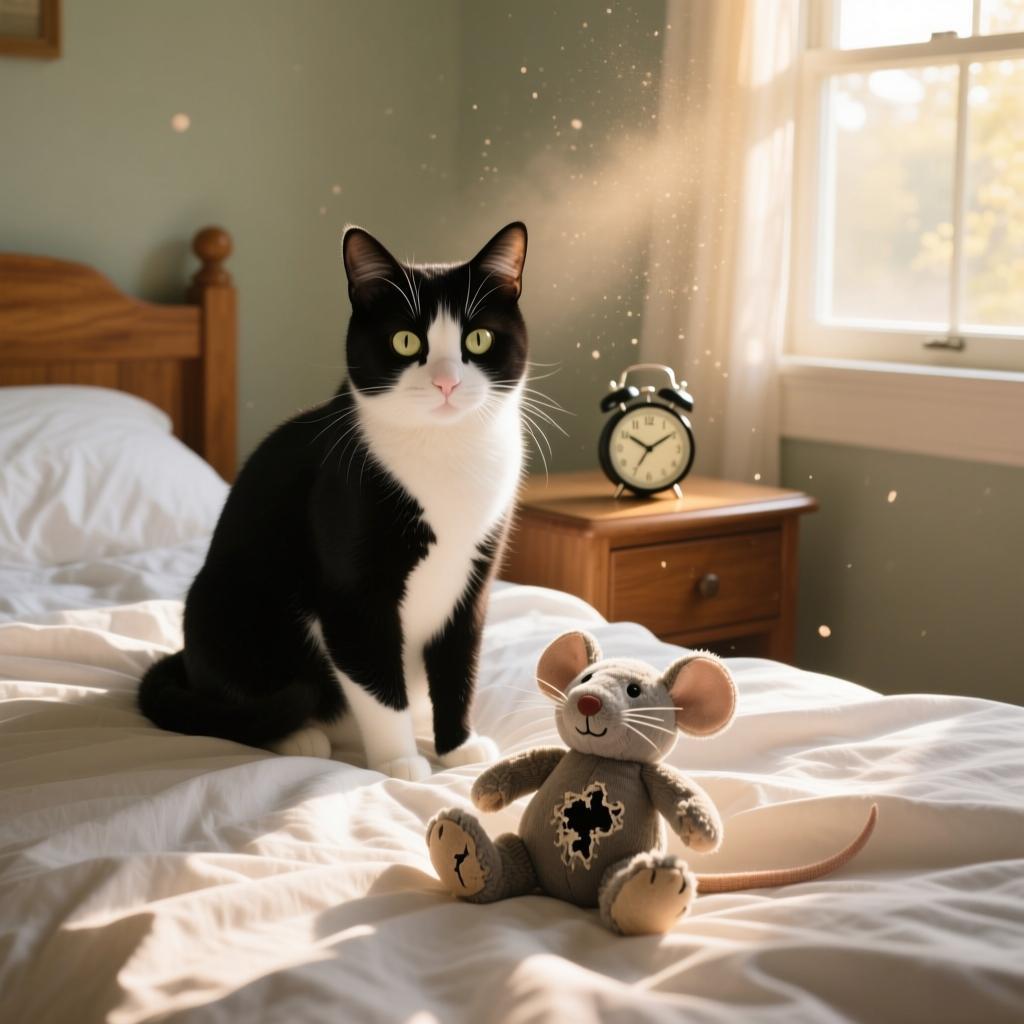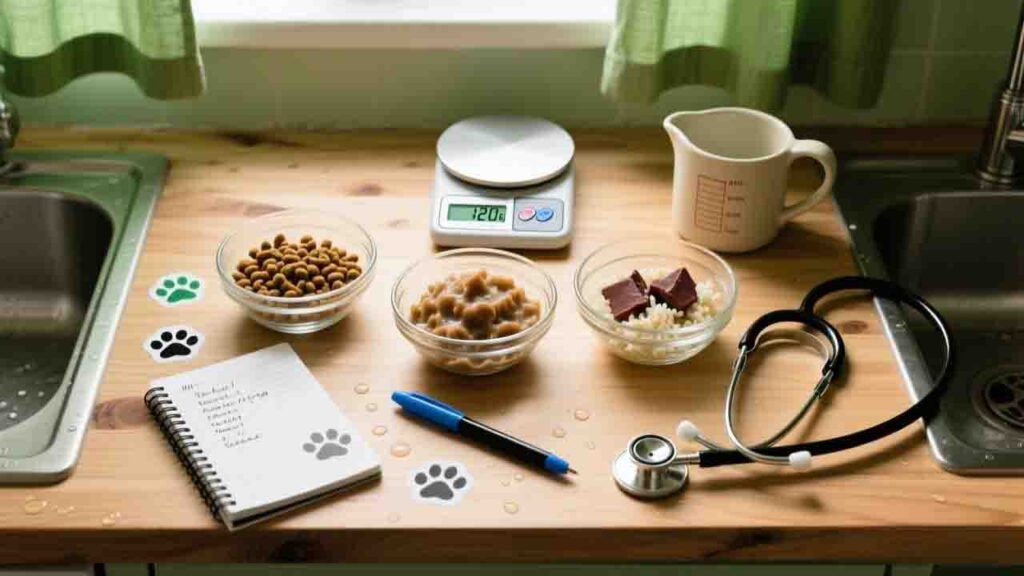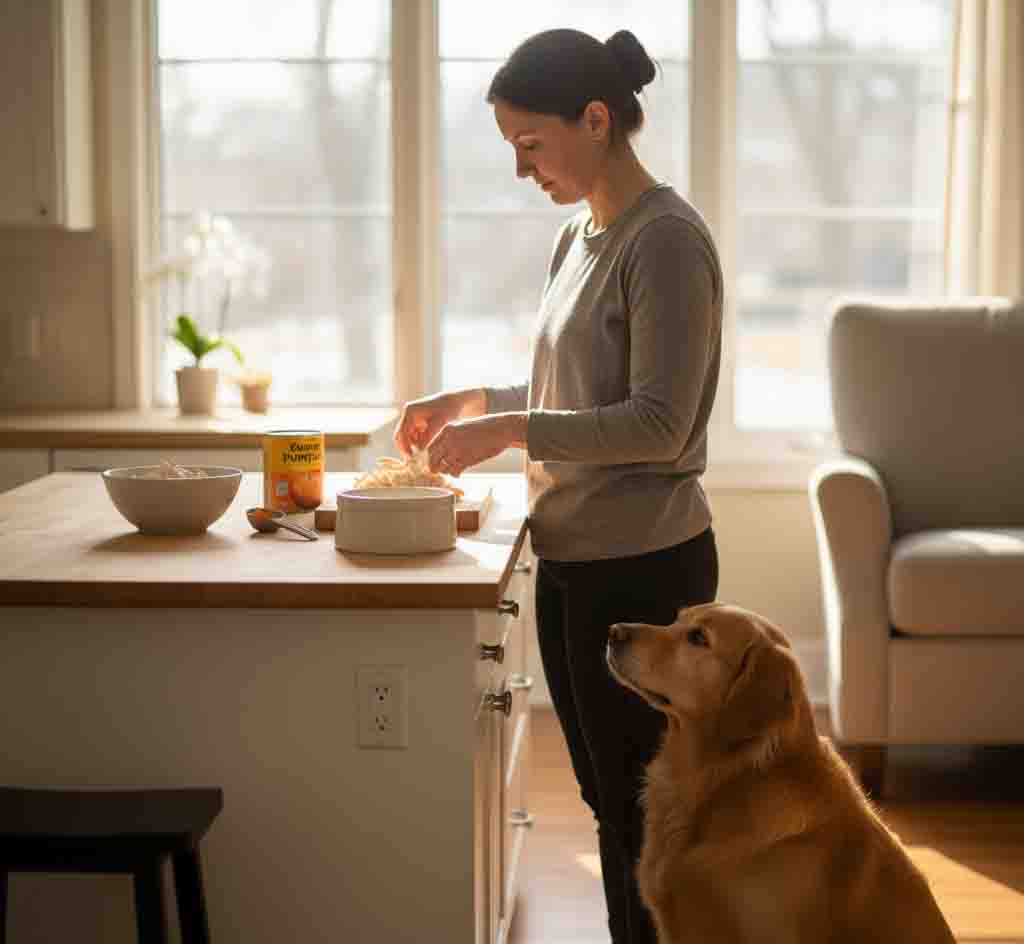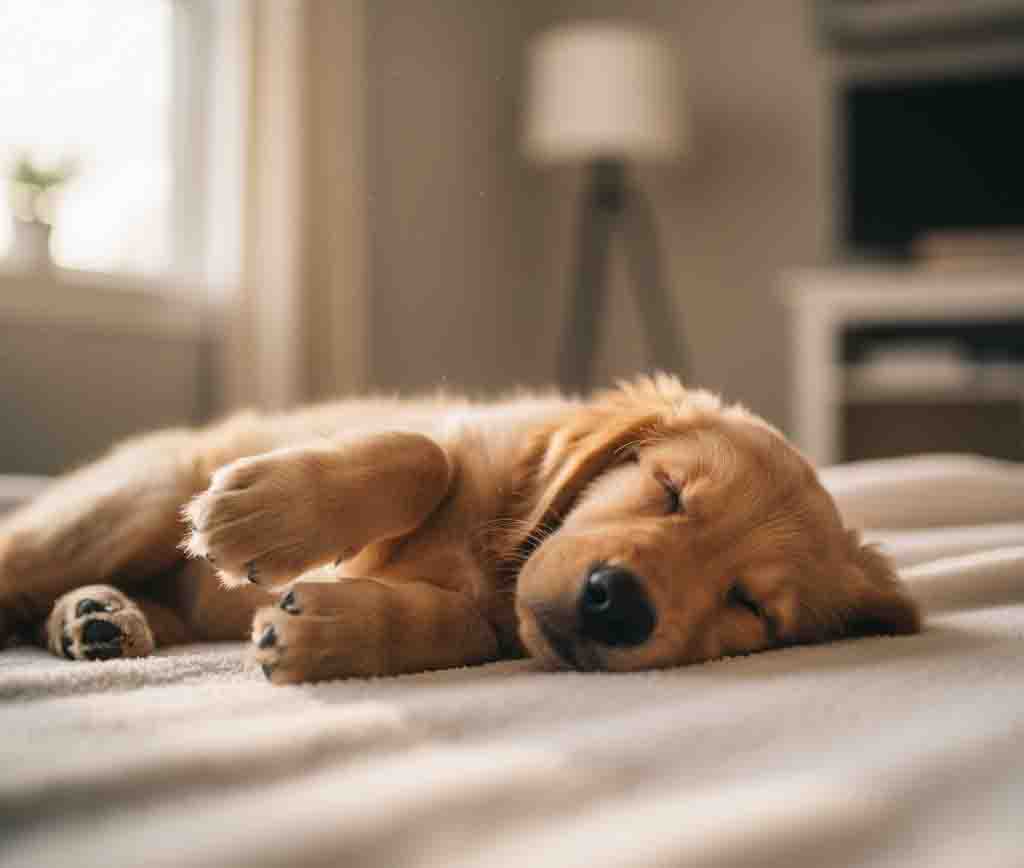First, Take a Deep Breath. This Isn’t Personal.
Walking through the door to find your home turned upside down is frustrating and disheartening. But before you feel anger, please understand this crucial fact: Your dog is not destroying your things out of spite or revenge.
This destructive behavior is a clear cry for help. It’s a primary symptom of separation anxiety—a state of intense panic and distress that some dogs experience when left alone. They aren’t trying to be bad; they are genuinely terrified.
Is It Just Boredom or True Anxiety? Know the Signs
While a bored dog might chew a shoe, a dog with separation anxiety exhibits a cluster of behaviors centered around your departure. Ask yourself:
-
Does the destruction only happen when you’re gone?
-
Does it start within minutes of you leaving?
-
Do you find other signs like pacing, excessive drooling, or indoor accidents specifically when left alone?
-
Does your dog seem overly clingy or anxious when you’re getting ready to leave?
If you answered “yes,” you’re likely dealing with separation anxiety. The destruction is merely a symptom of their profound panic—an attempt to escape confinement or soothe their overwhelming nerves.
The 4-Step Path to a Peaceful Goodbye
Punishment will only worsen their anxiety. The solution lies in building their confidence and creating positive associations with your absences.
Step 1: Create a Safe Haven, Not a Prison
Forcing an anxious dog to roam free in a large, open space can amplify their stress. Instead, manage their environment to prevent practice of the unwanted behavior.
-
Use a Crate or a Puppy-Proofed Room: If your dog is crate-trained and sees it as a den, this can be a tremendous source of security. For other dogs, a small, safe room (like a utility room with a baby gate) works better.
-
Make it Cozy: Fill this space with a comfortable bed, a piece of your worn clothing for your scent, and—most importantly—…
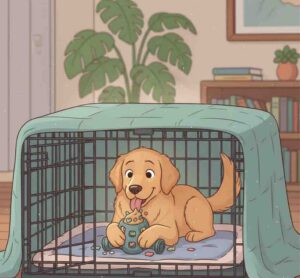
Step 2: Master the “Boredom-Busting” Distraction
The goal is to provide a highly valuable, long-lasting distraction that starts as you leave. This creates a positive pivot in their emotional state.
-
The King of Distractions: The Food Puzzle Toy. A toy like a Kong, stuffed with a mixture of wet food, yogurt, or peanut butter and then frozen, is perfect. The licking action is calming, and the challenge occupies their mind.
-
The Golden Rule: This special toy only appears when you leave and is taken away when you return. This makes your departure something to look forward to!
Step 3: Rewire Their Brain with “Mini-Departures”
This is the core of the behavioral modification. You must teach your dog that your leaving is no big deal because you always come back. This process requires immense patience.
-
Desensitize Departure Cues: Put on your shoes and then sit back down. Pick up your keys and then watch TV. Do this until these actions no longer trigger anxiety in your dog.
-
Practice Absences in Seconds: Go to the door, open it, step out, and immediately step back in. Before your dog gets anxious, calmly return and ignore them for a moment. Gradually, over days or weeks, increase the time you’re out of sight: 5 seconds, 10 seconds, 30 seconds, 2 minutes.
Step 4: Cultivate Calmness from Within
A tired dog is a better-behaved dog, but for anxiety, mental exhaustion is even more critical than physical.
-
Prioritize Mental Exercise: A 15-minute training session or a vigorous game of “find the treat” around the house can be more tiring than a 30-minute walk.
-
Ensure a “Potty and Walk” Routine: Always provide a chance to relieve themselves and a brisk walk before you plan to leave them alone. This fulfills a basic physical need.
You Are Your Dog’s Safe Harbor
Overcoming separation anxiety is a journey, not a sprint. There will be setbacks, but with consistent, compassionate effort, you can help your dog find the confidence to feel safe alone. Remember, you are not just stopping the destruction; you are alleviating their deep-seated fear and giving them the gift of peace.
